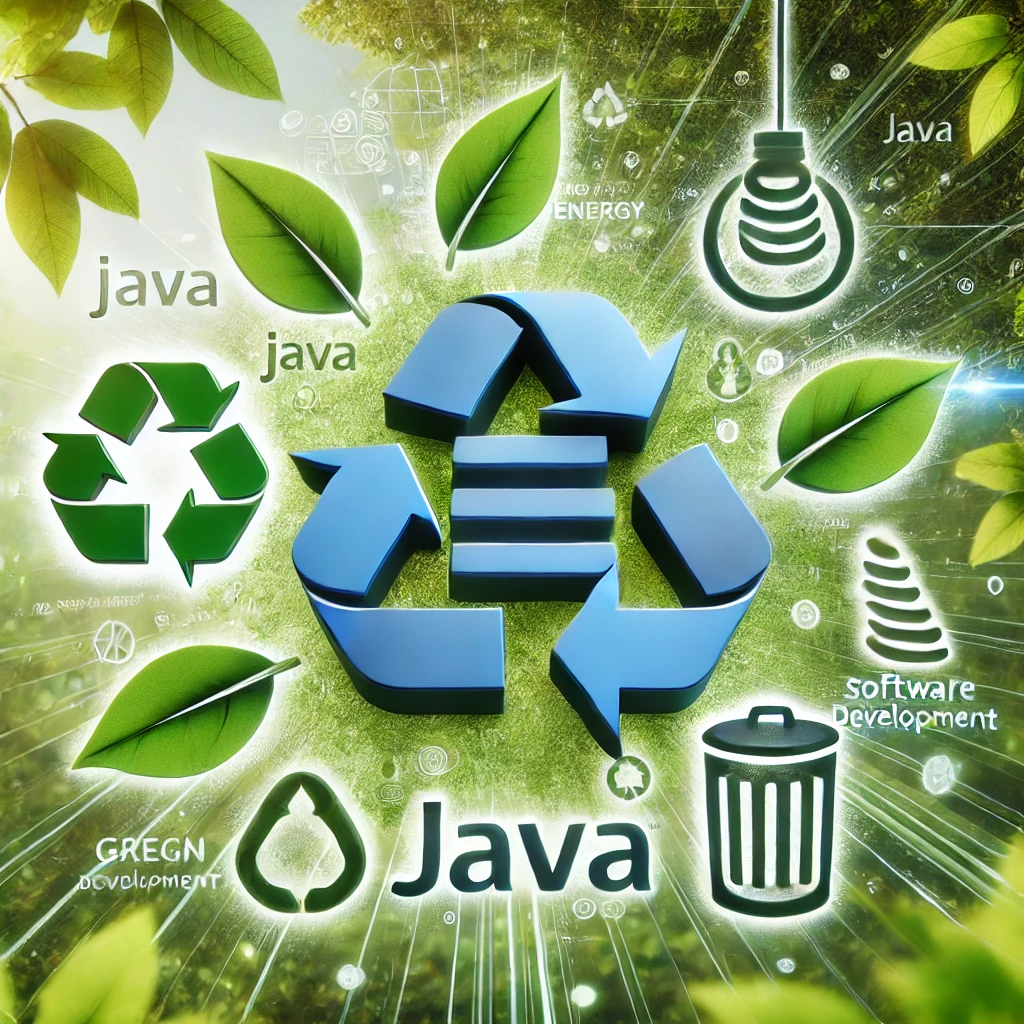The Rise of Java
The Java ecosystem continues to evolve, adapting to new technological demands and trends. With more than two decades of innovation, Java remains a powerhouse in enterprise software, cloud-native applications, and beyond. In 2025, new features, frameworks, and best practices will make Java even more efficient, scalable, and future-ready. Here’s a look at the top 10 emerging Java trends for 2025 that every developer should watch.
1. Mainstream Adoption of Project Loom
Project Loom is no longer just an experimental feature; it has become a critical tool for handling concurrency in Java. Virtual threads allow Java applications to handle thousands, even millions, of concurrent tasks with minimal overhead, making it easier to develop scalable, high-performance applications.
The mainstream adoption of Project Loom will redefine how Java developers approach concurrency, making it simpler and more efficient to build applications that handle large amounts of simultaneous requests, especially in microservices and cloud-based environments.

2. Java 21 LTS Becomes the Standard
2024 saw the release of Java 21 as a long-term support (LTS) version, and by 2025, it will become the de facto standard across industries. With its rich features, like virtual threads, structured concurrency, and better pattern matching, Java 21 has simplified many coding tasks while boosting performance.
As more organizations migrate to Java 21, developers will experience faster coding cycles, fewer bugs, and improved scalability, allowing them to focus on solving complex business problems rather than battling boilerplate code.
3. Growth of Cloud-Native Java with Jakarta EE 11 and MicroProfile 7
With cloud-native architectures firmly in place, Jakarta EE and MicroProfile continue to gain traction. In 2025, Jakarta EE 11 and MicroProfile 7 will drive innovations in cloud-native Java, offering more robust APIs for building scalable, resilient microservices that integrate seamlessly with Kubernetes and serverless platforms.
As cloud computing dominates software development, Jakarta EE 11 and MicroProfile 7 will provide enhanced support for cloud-native applications, making it easier for developers to build modern applications that run efficiently in distributed environments.
4. Enhanced Performance with GraalVM and Native Images
GraalVM is now a staple in the Java world, thanks to its ability to compile Java code into native executables. As 2025 progresses, GraalVM’s improvements will make it even easier to build lightweight, high-performance Java applications with faster startup times and lower memory consumption, especially for cloud and serverless deployments.
Why It Matters in 2025: With the increasing demand for low-latency, high-performance applications, GraalVM will be a key technology in building fast, resource-efficient Java applications, especially in microservices, IoT, and mobile platforms.
5. Global Use of Reactive Programming
By 2025, reactive programming will no longer be a niche but a standard approach in Java development, especially for building responsive, scalable, and resilient applications. With frameworks like Project Reactor and Akka gaining widespread use, reactive systems will be critical in handling real-time data streams and large-scale asynchronous operations.
As applications continue to grow in complexity and handle more real-time data, reactive programming will offer a reliable way to build systems that can scale effortlessly and remain responsive under heavy loads.
6. Spring Framework 7 and Spring Boot 4 to Lead the Way
Spring continues to dominate the Java ecosystem, and the releases of Spring Framework 7 and Spring Boot 4 in 2025 will further cement its place as the go-to framework for Java developers. These versions bring enhanced support for native images, better observability, and a more developer-friendly experience, especially in cloud-native and microservices-based applications.
Spring’s ever-evolving ecosystem will make it easier for developers to create robust, secure, and highly performant cloud-native applications, accelerating the adoption of microservices architecture.
7. Deeper Integration of Java and AI with Machine Learning
Java’s role in AI and machine learning continues to grow, with frameworks like DeepLearning4J and Tribuo becoming more popular. In 2025, we can expect deeper integrations between Java and AI libraries, making Java a more viable option for building scalable machine learning applications in production environments.
As AI adoption accelerates, Java’s maturity and performance, coupled with machine learning libraries, will allow enterprises to scale their AI efforts more efficiently, leveraging Java’s strong enterprise roots.

8. Serverless Java Takes Off
2025 will see Java further solidify its place in serverless computing. With improvements in cold-start times, Java will be a more attractive option for serverless deployments in AWS Lambda, Google Cloud Functions, and Azure Functions.
Serverless computing offers cost savings and easier scalability. With Java finally overcoming its traditional performance issues in serverless environments, more developers will embrace it for building lightweight, on-demand applications.

9. Increased Focus on Security and Memory Management
With the release of new projects like Project Panama and Project Valhalla, 2025 will see a significant leap in how Java handles memory management and native interoperability. These projects aim to improve Java’s performance and security by offering better ways to interact with native code and manage memory safely.
As cyber threats grow and applications handle more sensitive data, the improvements brought by Project Panama and Valhalla will ensure that Java remains a secure, high-performance language, even when dealing with low-level system resources.

10. Sustainability and Green Software Development
As businesses become more eco-conscious, developers will prioritize building energy-efficient applications. In 2025, expect Java to continue leading the charge in green software development with enhanced tools and frameworks that help developers build applications with minimal environmental impact.
Companies will increasingly focus on reducing their carbon footprint. Java’s ability to build efficient, low-energy applications will become a key differentiator, making it a preferred language for organizations with sustainability goals.

Conclusion
2025 promises to be an exciting year for Java, with innovations in concurrency, performance, cloud computing, AI integration, and security. Whether you’re building high-concurrency microservices, integrating AI, or deploying serverless applications, these emerging trends will shape the future of Java development. Staying ahead of these trends will allow you to harness the full potential of Java and deliver more efficient, secure, and scalable applications.





